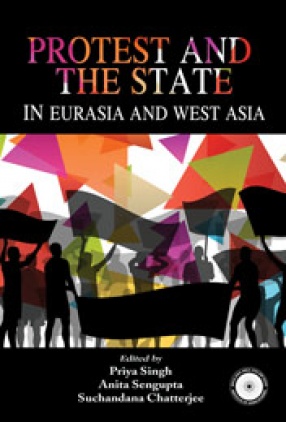
Suchandana Chatterjee

Showing all 21 books
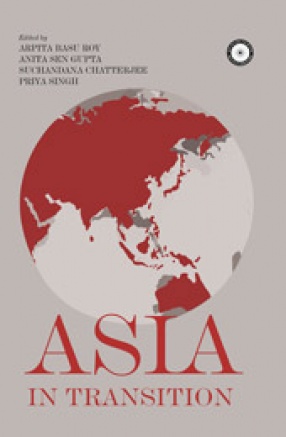
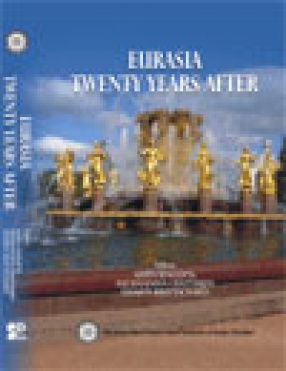
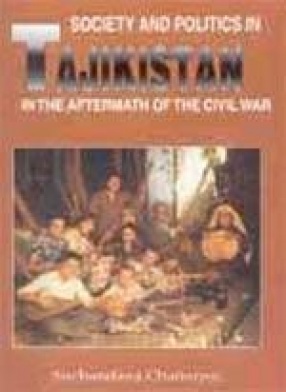
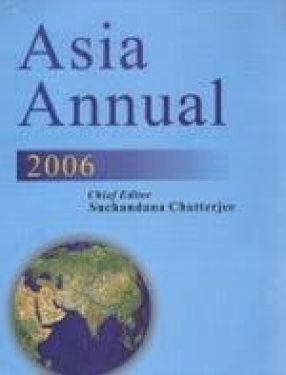

The twenty-first century has witnessed disaffection and protest across Eurasia and West Asia, triggering debates questioning the state of governance as well as looking at a redefinition of the ‘arc of crisis.’ By and large, there have been two major viewpoints, one which emphasises the aspect of ‘failed states’ and the other that focuses on technology as the prime instigator and motivator for the protests. Even as the Arab Uprisings are ...
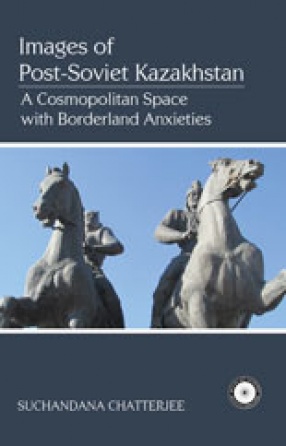
The study revolves round the relationship between space and transitional identity in Kazakhstan in the post-Soviet period. Emergent discourses about cosmopolitanism suggest multiple interactions in a transitional space. The cosmopolitanism of our times implies the dynamic responses of communities in transition. The diversities and heterogeneities instead of the specifics, the encounters, the networks, the challenges, the ways of living, the multitude of fates ...
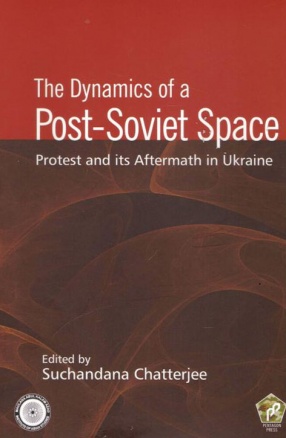
The revolution in Ukraine was flagged off by the Maidan demonstrations in Kiev towards the end of 2013. The demonstrations in support of an expanded European Union, the ouster of President Yanukovich and the release of the Opposition leader Yulia Timoshenko initially seemed to have international mandate. The issue of territorial sovereignty of Crimea following Russian military intervention raised alarm in global circles. The referendum about Crimea`s acquiescence ...

The essays deal with issues like pan-Asianism, reform movements across Asia, routes and roads, infrastructural development and technological advancement, leadership and legitimacy, governance and institutions and the rise of China. They examine the performance of Asia in various spheres and contrast the Asian experience: economic growth and emergence of India and China as economic giants on the one hand and struggling economies, poor infrastructure, unequal ...
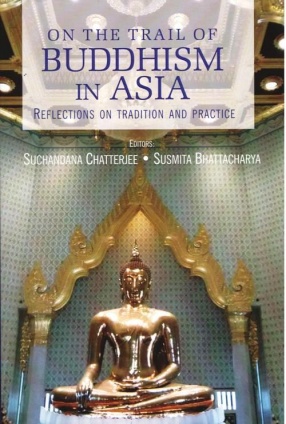
In recent years, there has been a revival of interest in the Buddhist tradition of Asia which has percolated into the realm of Buddhist studies in India. There is a gamut of ideas that focuses on the philosophical content of Buddhism and also on Buddhist texts. But Buddhism as a component of the cultural milieu and as a living tradition of Northeast India has not been integrated into mainstream Buddhist Studies in India. However, there seems to be considerable ...
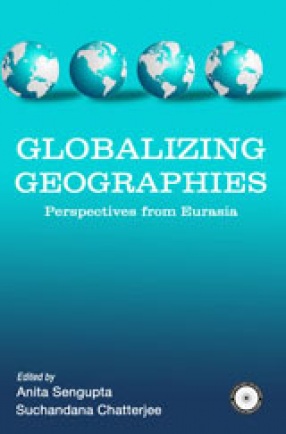
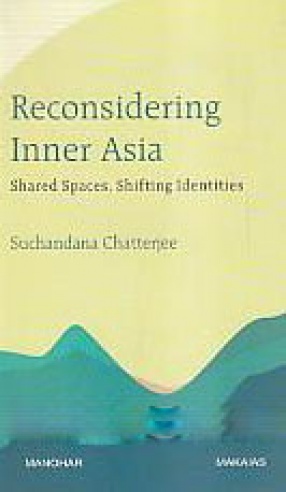
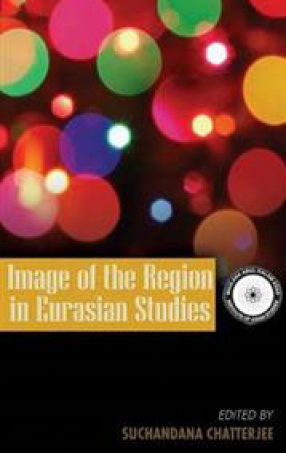
Within the revised format of Eurasian studies, prime attention has been given not merely to how Eurasia's regions positioned themselves in the context of post-Soviet political transition but also how these regions reinvented themselves through a re-envisioning of spatial categories like Slavic Eurasia, Central Eurasia, Central Asia, Inner Asia, etc. with centuries-old and millennia-old time scales. The significance of historical interludes has been emphasised and ...
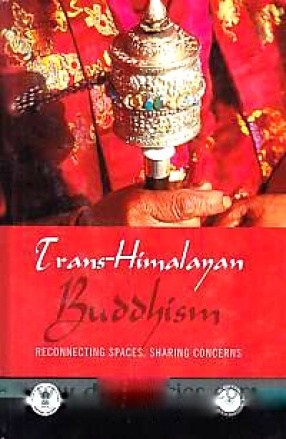
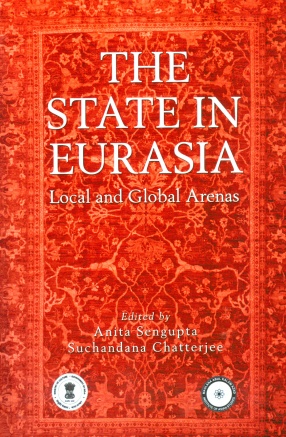
Since the emergence of post-Soviet state in the Eurasian space there has been considerable reflection on the role that the state has played in the local and gobal arenas. Transformations from being part of the 'Sovite' of independent existance has meant state involvement in the forging of new nations out of disparate identities based on the criteria of national languages, the reinterpretation of histroical events, depiction of personality-centric themes, the ...

The volume focuses on Eurasia during the last two decades, which mark both the disintegration of the Soviet Union and the appearance of fifteen new independent states in the global arena. On the one hand, twenty years of the collapse of the Soviet Union generated debates over the causes and consequences of the collapse. On the other hand, there have been discussions on what the last two decades meant for the emerging states, the individual and the community. The ...
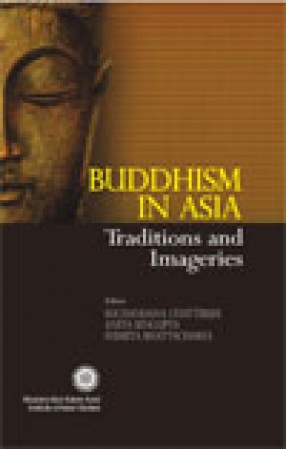
The volume aims to bring together a gamut of ideas about Buddhist traditions and imageries across the trans-Himalayan Buddhist space. It also focuses on varied experiences in Buddhist monastic landscapes and pilgrimage destinations in Asiatic Russia, South Asia and South East Asia. The articles not only reflect the sentiments of Eurasian scholars regarding a Buddhist space but also diverse opinions across that space.
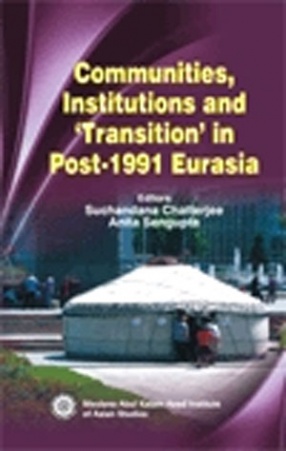
Since Soviet disintegration, there have been varied perceptions about Eurasia's transition. Initially, attention was focused on the changes that became obvious in politics and society and people's orientation towards change. Gradually, there was a re-appraisal of the transformation that occurred, and attempts were made to identify the genesis of change in the Soviet era. Post-Soviet thinking metamorphosed into a realistic appraisal of the continuities ...
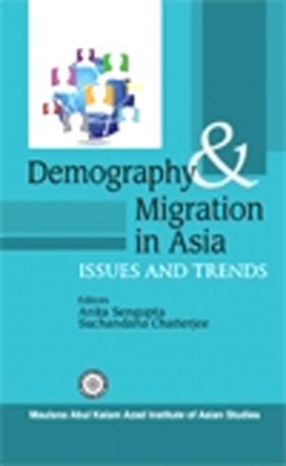
Migration trends in Eurasia and South Asia reflect a common feature dominant communities are engaged in multi level competition as well as collaboration. These trends are analysed in both short-term and long term historical perspectives and the locales of settlement have been emphasised. The profile of the migrant has also assumed great prominence. Elaborating about the patterns of migration in Siberia, Central Asia and India scholars in the volume have discussed ...
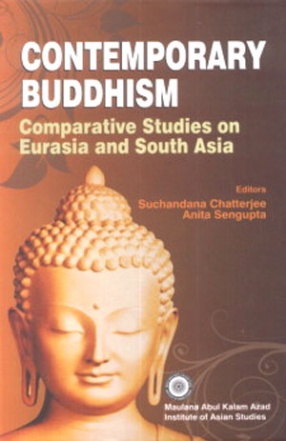
In the recent past, there has been growing interest in Buddhism and the extension of Buddhist studies to the realm of culture and international relations. The northern reach of Buddhism is a subject that has assumed recent focus in scholarly circles in India and Russia.The book addresses Buddhist linkages across the Himalayan region, taking into consideration Buddhism as a tradition in India and Sibedria and as a way of life among the Chakmas in India and the ...

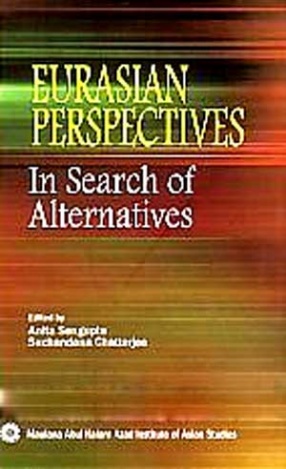
The book attempts to address problems associated with resuscitation of the Eurasian paradigm, which has resulted in renewed debates and discussions about a space that though imagined as a 'heartland' has tended to be represented as a periphery. There have been reappraisals about culture and identity that relate not only to the present but also re-contextualizes the past. There is increasing recognition of the need for new methodological terminologies that ...
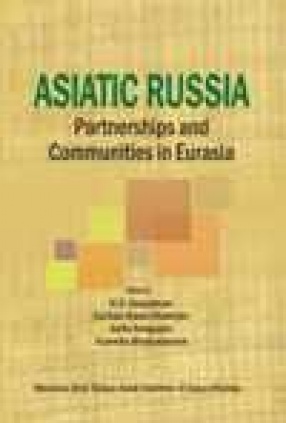
The volume, a collection of articles contributed by scholars from Russia and India, explores various perspectives about Russia's role in Asia. It attempts to integrate views about the Eurasian region and to examine a range of opinions about Siberia as a new field of study within Eurasia. The policy makers and scholars having interest in the region may find the book useful.

The book discusses the character of socio-political ‘transformation’ in Tajikistan in the wake of the Civil War of 1992. It shows how despite indications of state breakdown, there have been attempts to create an image of stability. What is crucial is the will to survive, reflected among the people of Gorno-Badakshan. It is this aspect of human survival and difficulties encountered by various social categories (e.g. refugees and women) that this study is ...
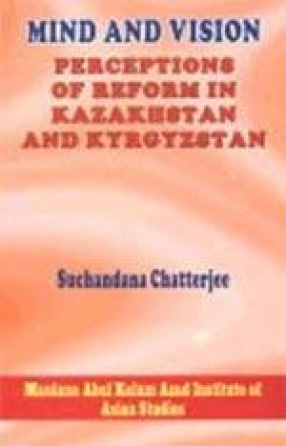
Like other post-Soviet Central Asian Republics, Kazakhstan and Kyrgyzstan have had different priorities of reform. There have been varied attitudes to reform. On the one hand, there is an appraisal of early achievements in the realm of politics and economy. On the other hand, there is a tendency to highlight internal contradictions like ethnic divergence and clan difference. The inabilities of the authorities to control internal fragmentation in these two ...

Asia Annual of 2006 like its predecessors, reiterates a multi disciplinary character through articles that deal with such different subjects as economics, history, culture, politics and international relations, that cover large time spans and political spaces. The 16 articles in this volume raise questions about identity, culture, development, security, diplomacy and alternative visions within various regions of Asia, namely South Asia, Southeast Asia, West Asia, ...
